Over the majority of the length of the TBR, the tracks ran straight and true over relatively flat and unobstructed land. This was particularly true of the first 50-60 kilometers of both sides of the line. Compared to certain sections of the TBR, these portions were completed rapidly and without complications. On the Thai side, the first cuttings had to be made at Khao Poon beyond which the terrain rose gradually to the Wang Po Trestle area.
It was a at Hellfire Pass that the terrain became a major factor.
[See Section 8 for a more detailed accounting of the terrain and engineering issues]
This Gallery presents photos that were typical of the work all along the TBR. While placing ties (sleepers) and rails was obviously the most common task, the harder work of building the TBR as 1) creating an embank for a level roadbed; known as ‘fill’; 2) Cutting through the limestone outcroppings that obstructed the path; 3) building bridges over small creeks and ravines. Five large bridges and a like number of trestles were also required.
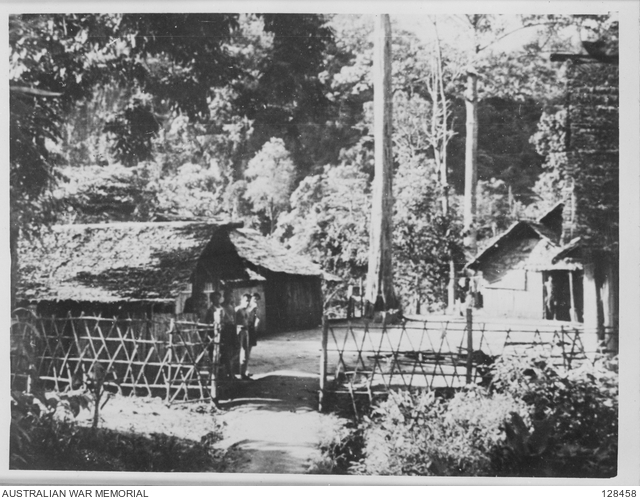
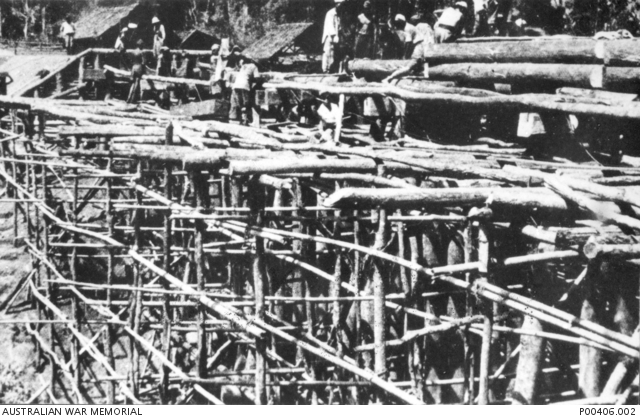
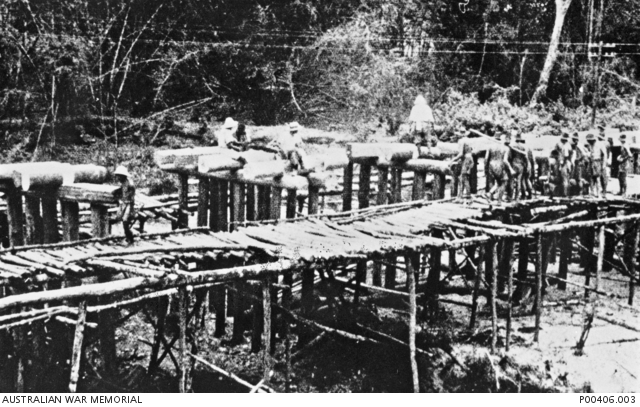
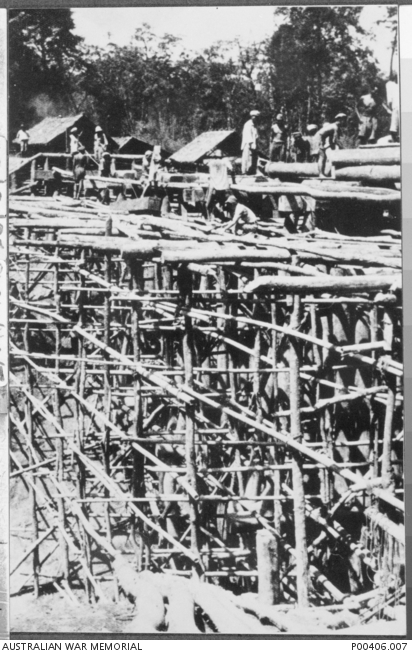
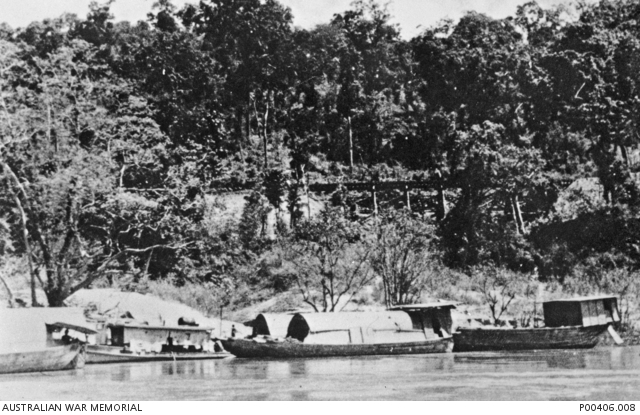
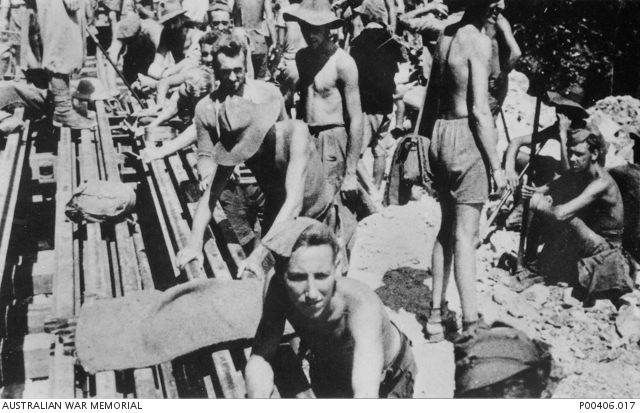
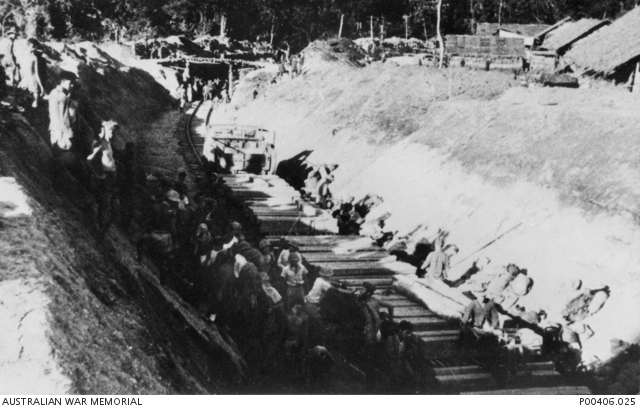
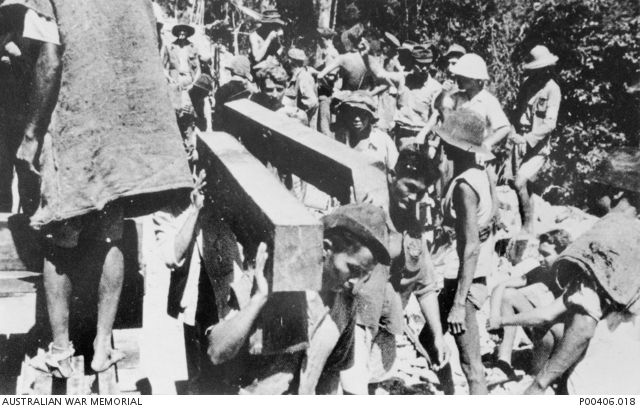
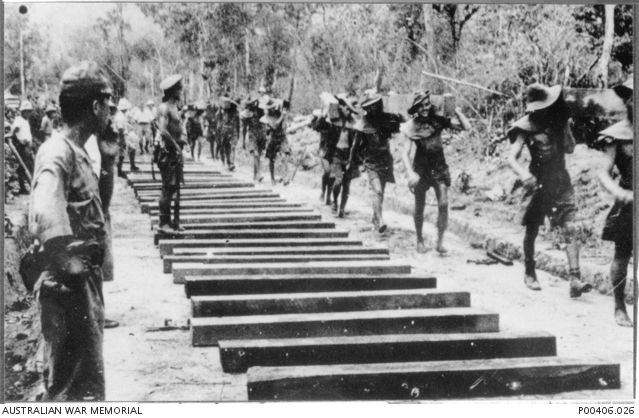
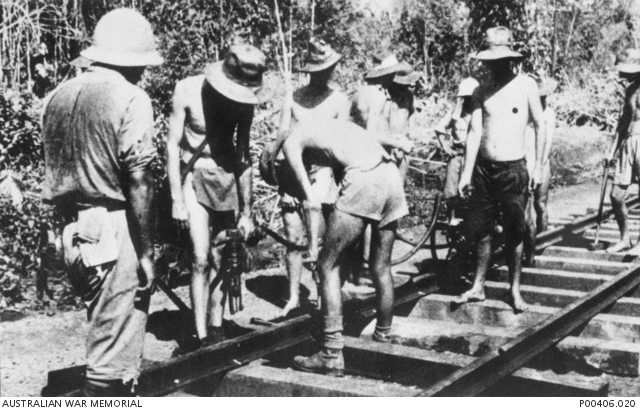

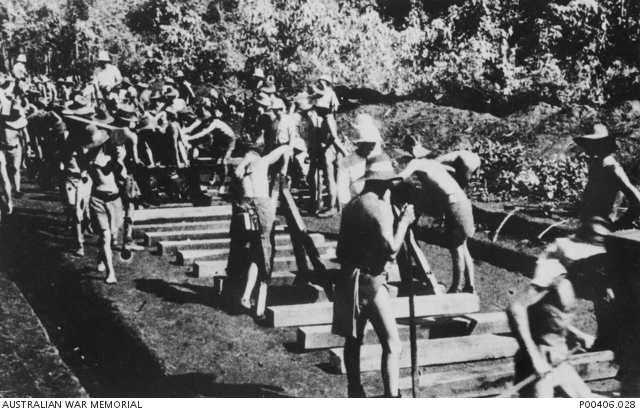
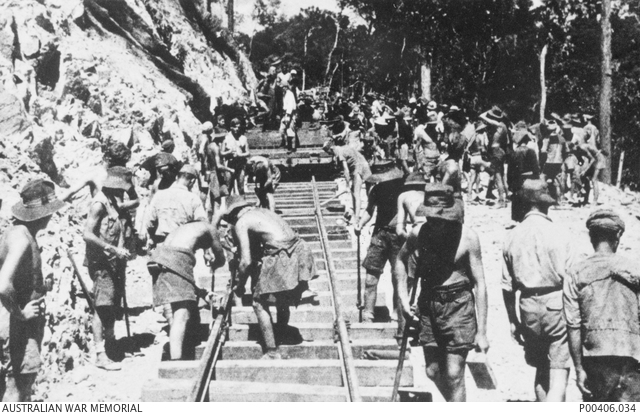
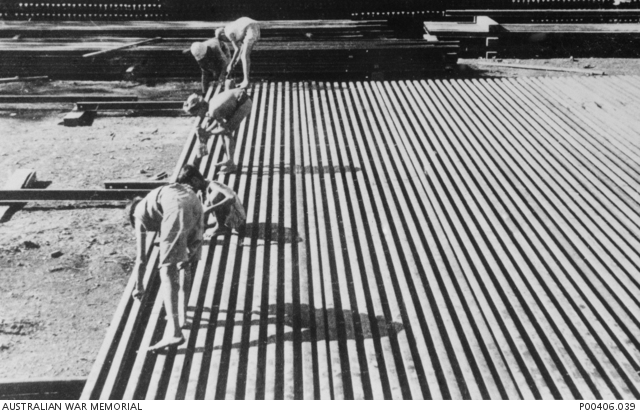
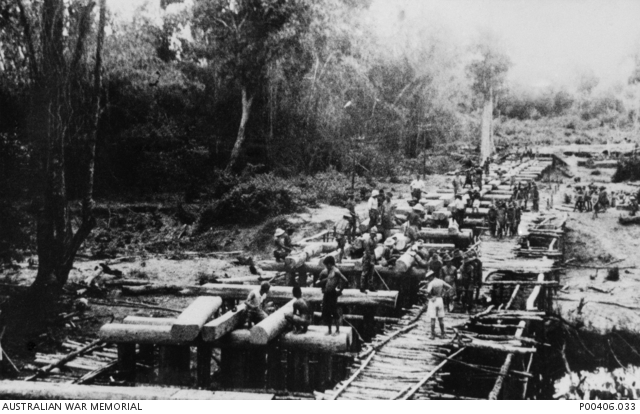
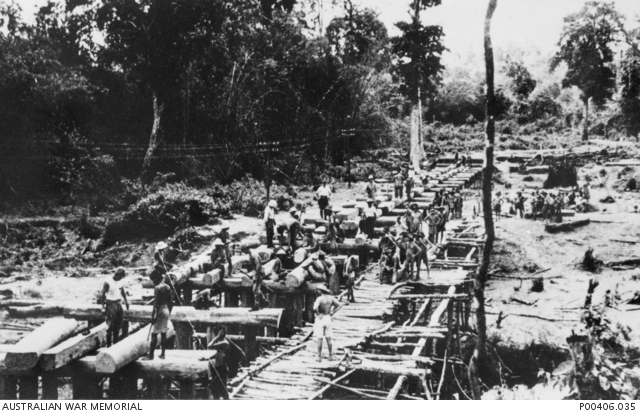
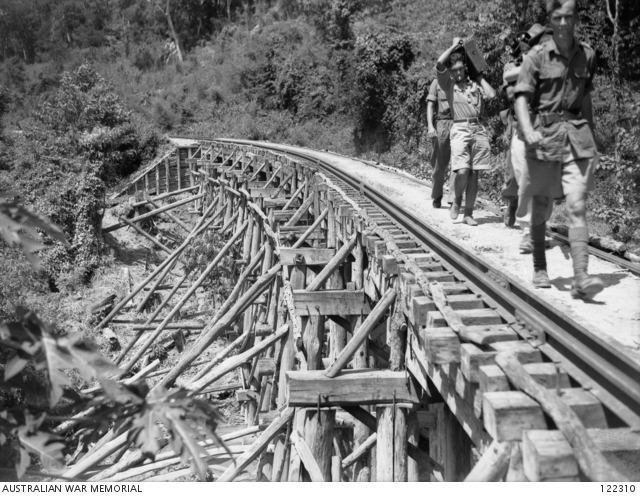
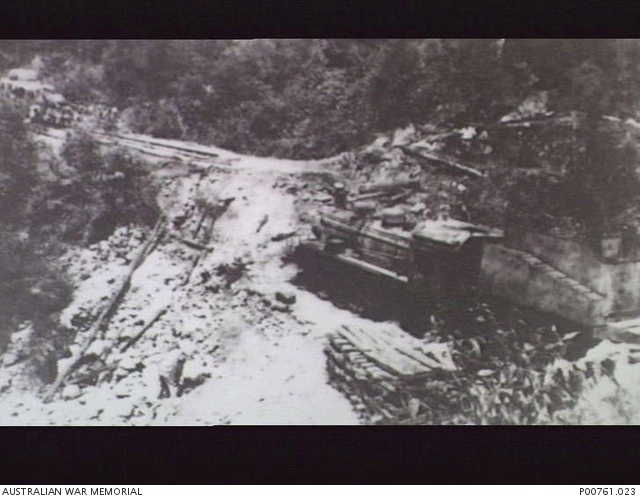
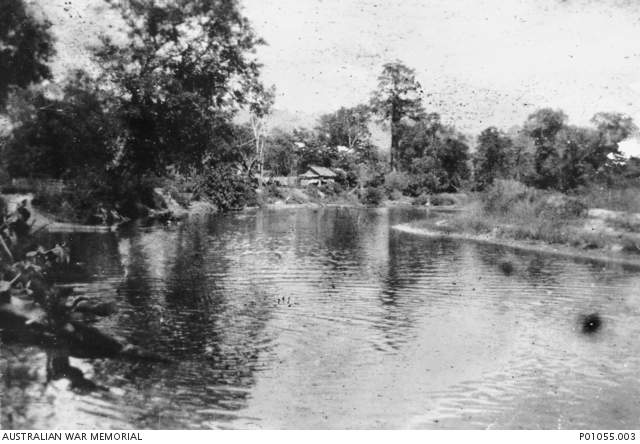
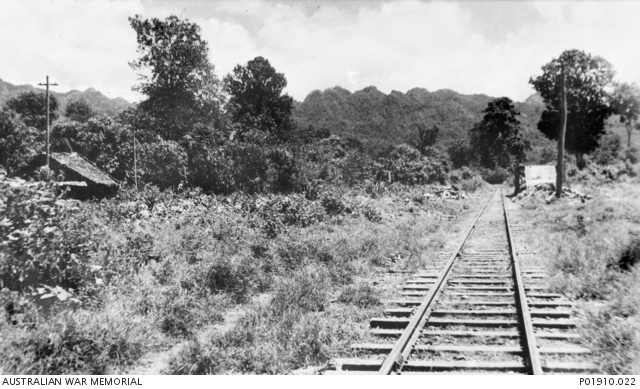
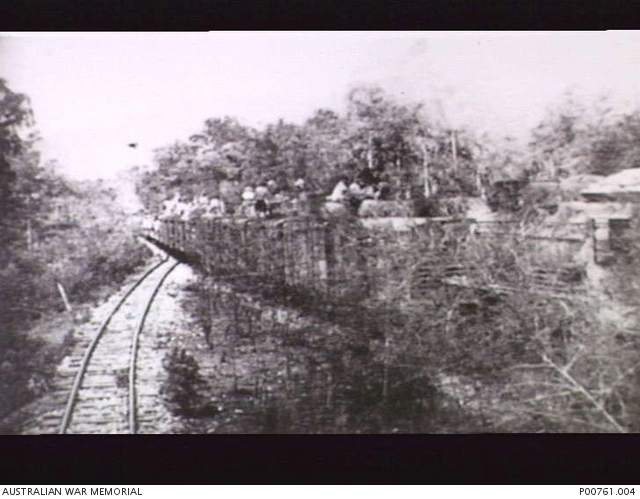
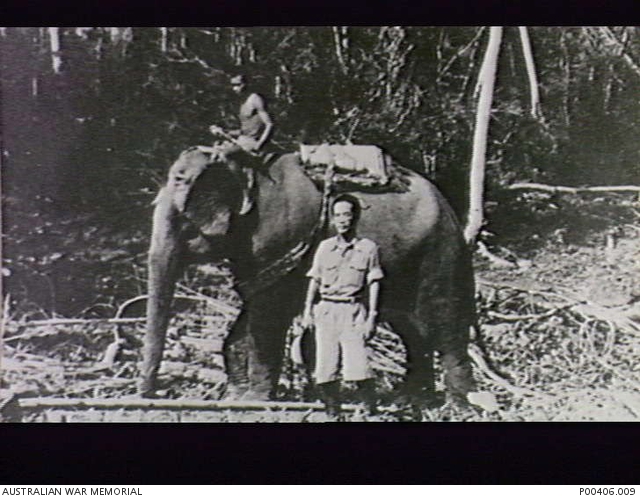
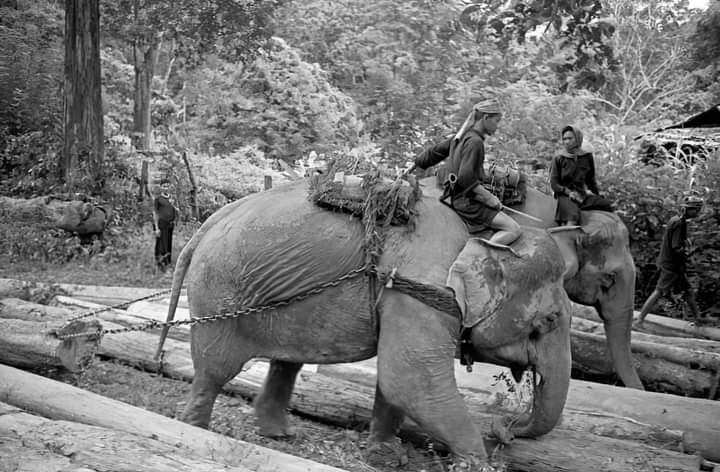
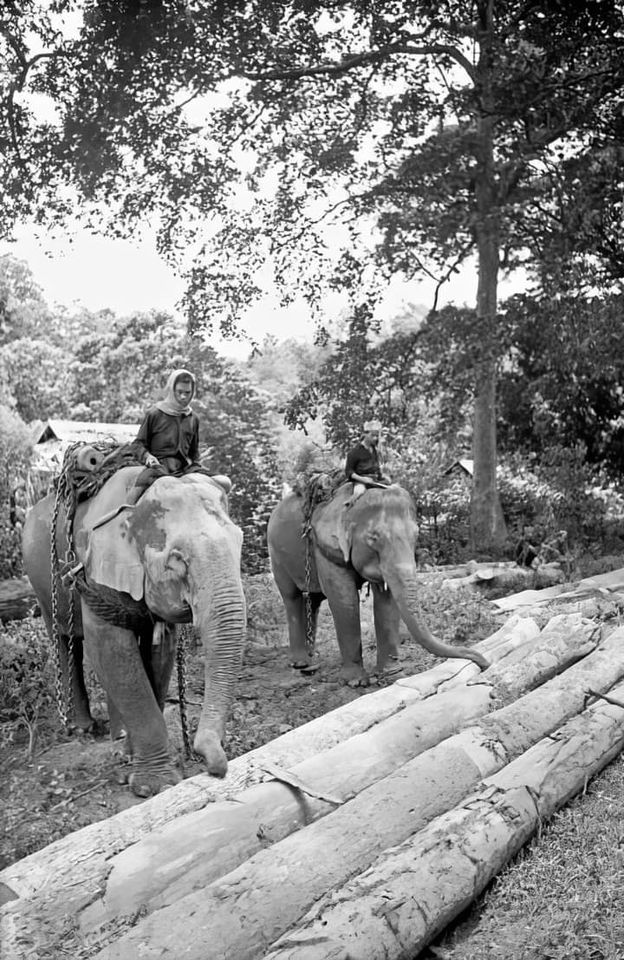
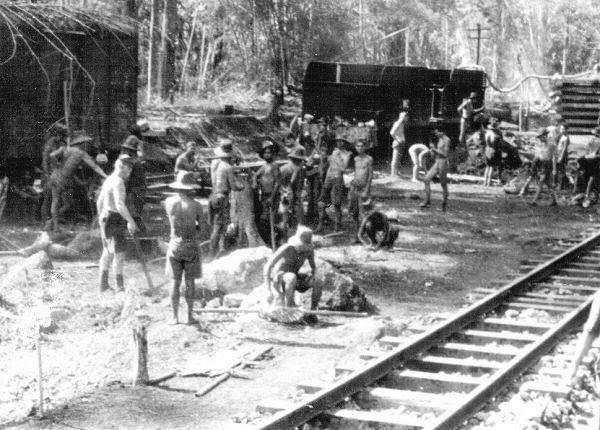
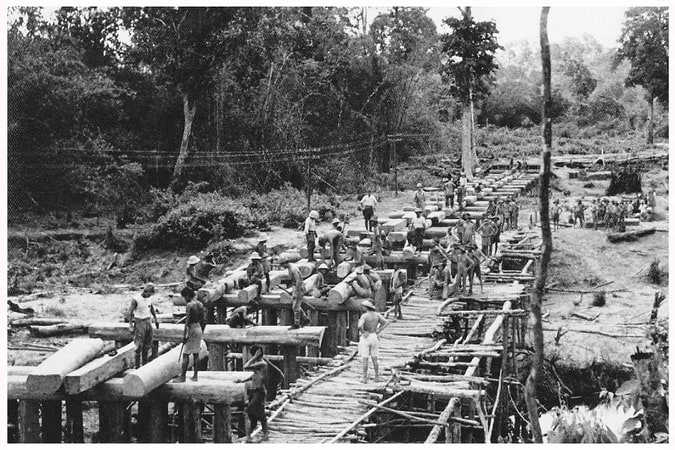
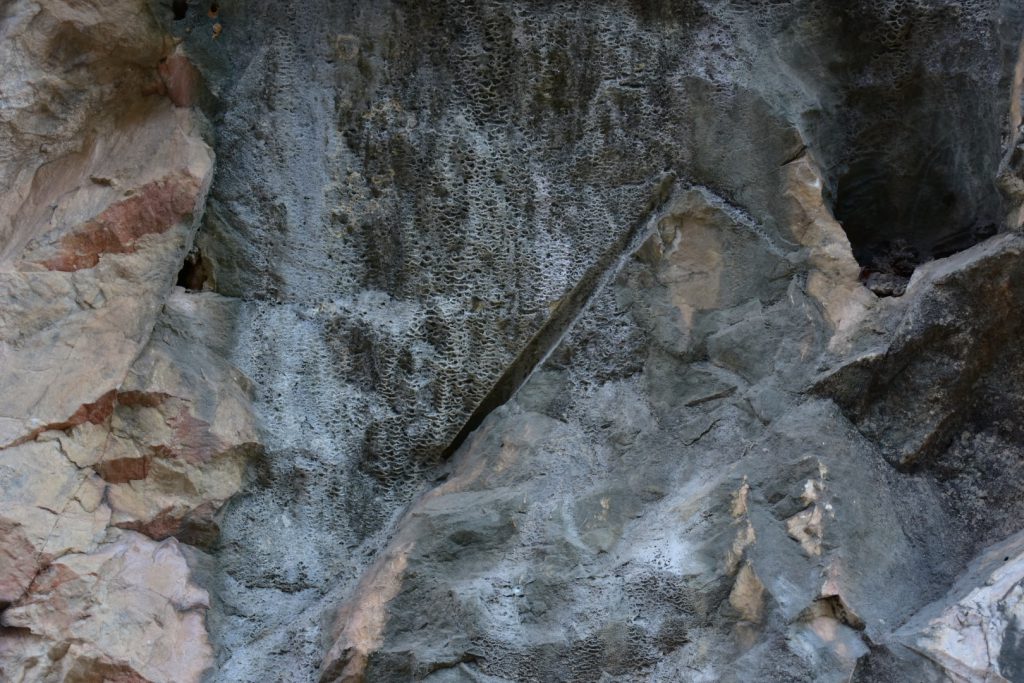
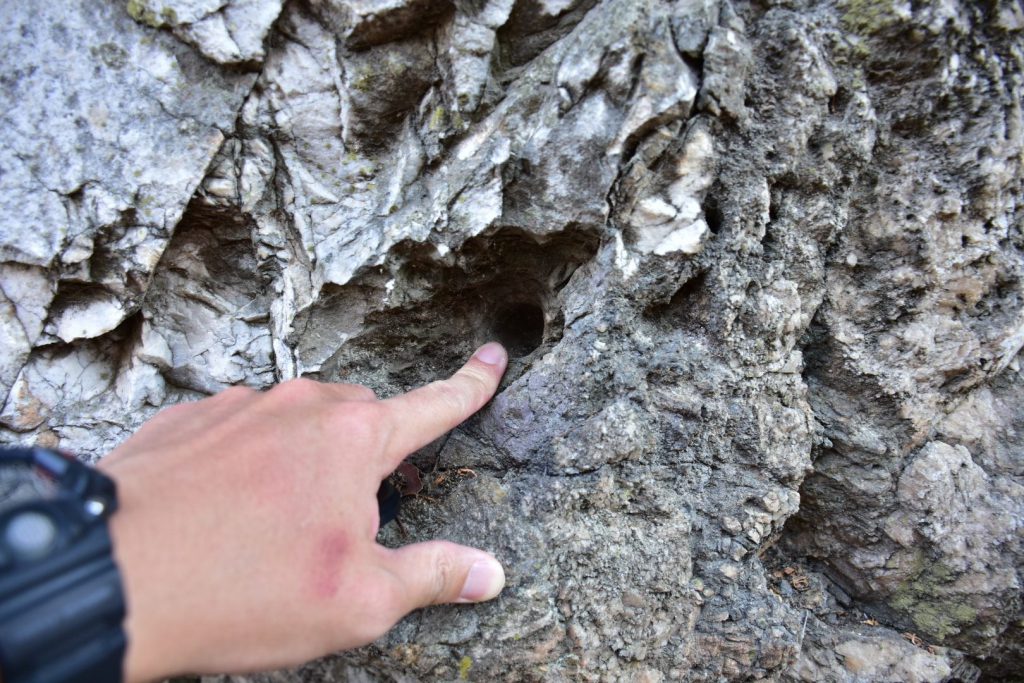
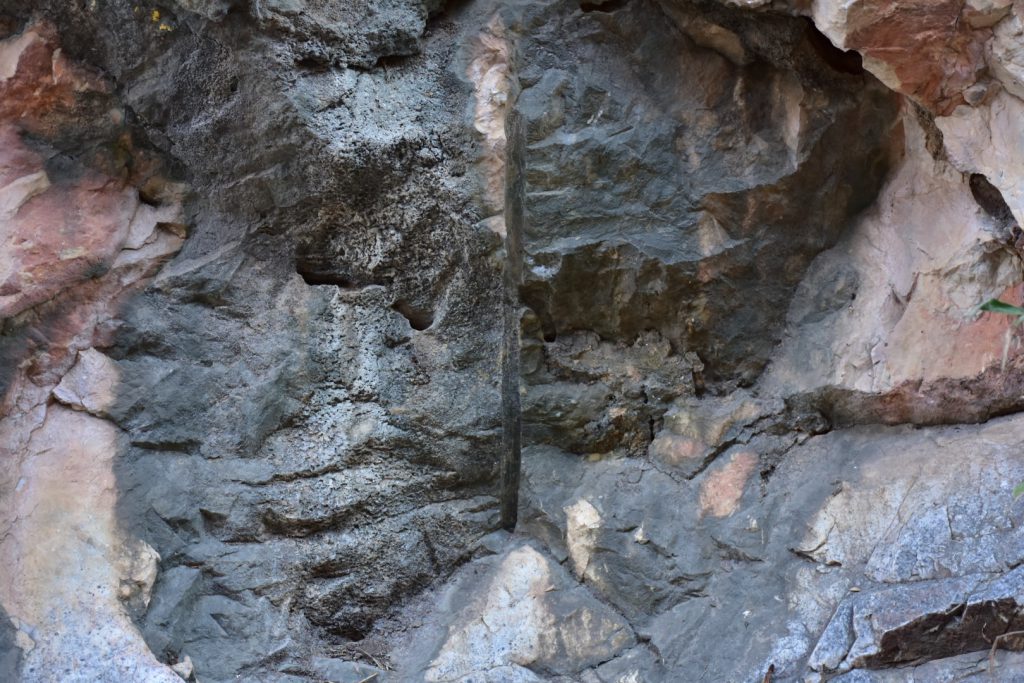
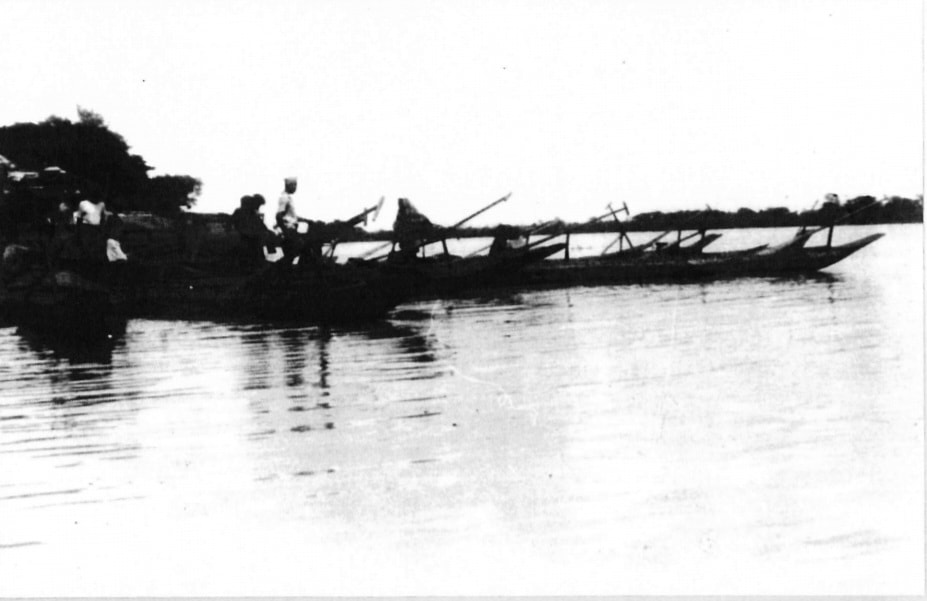
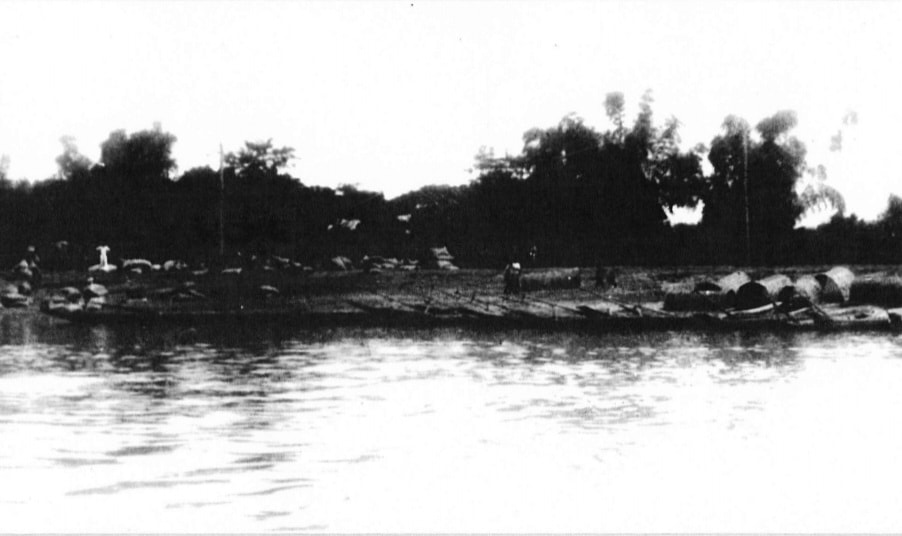
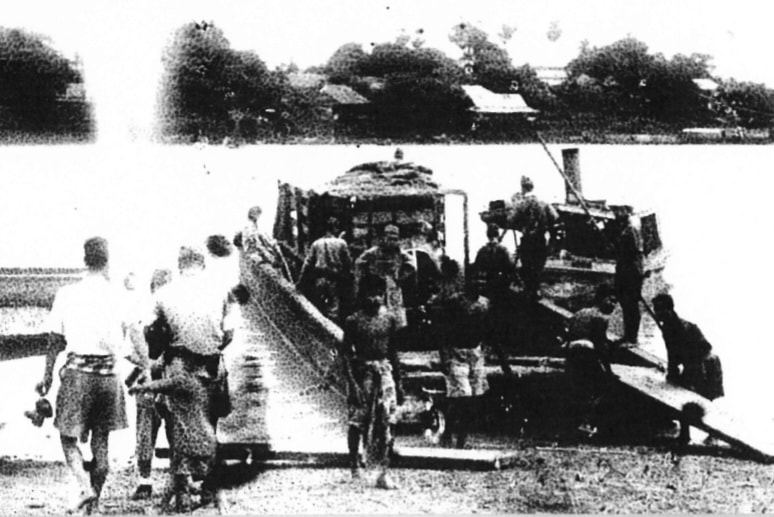
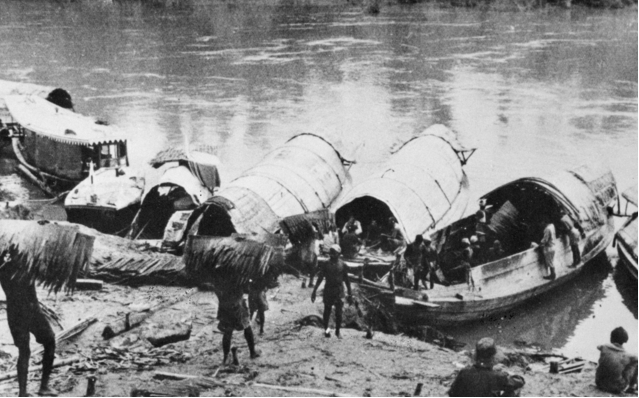
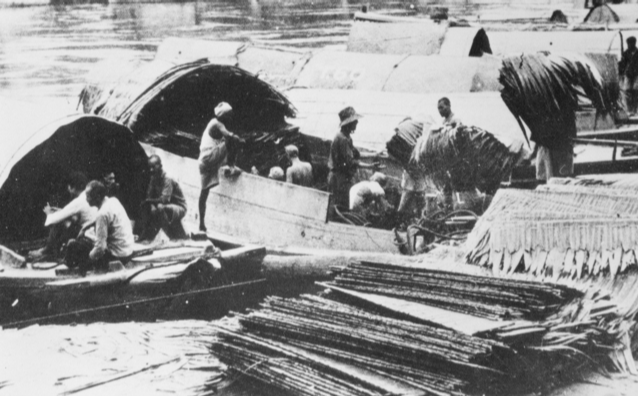
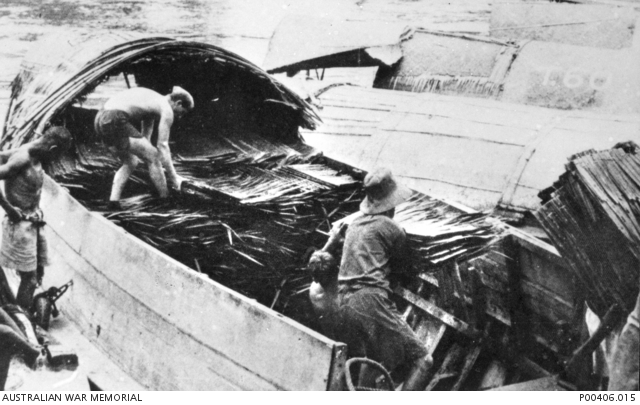
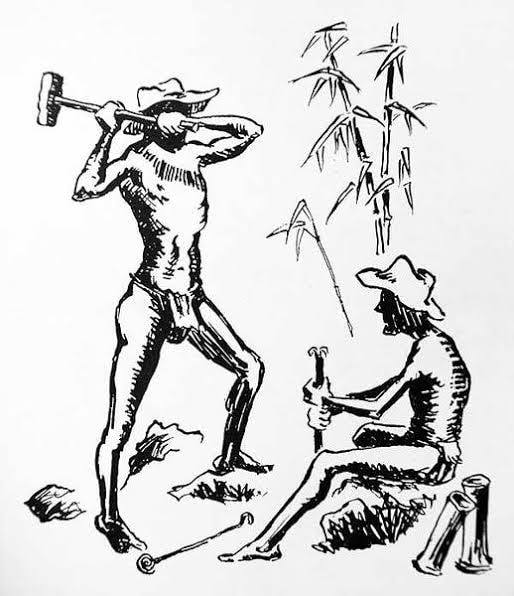
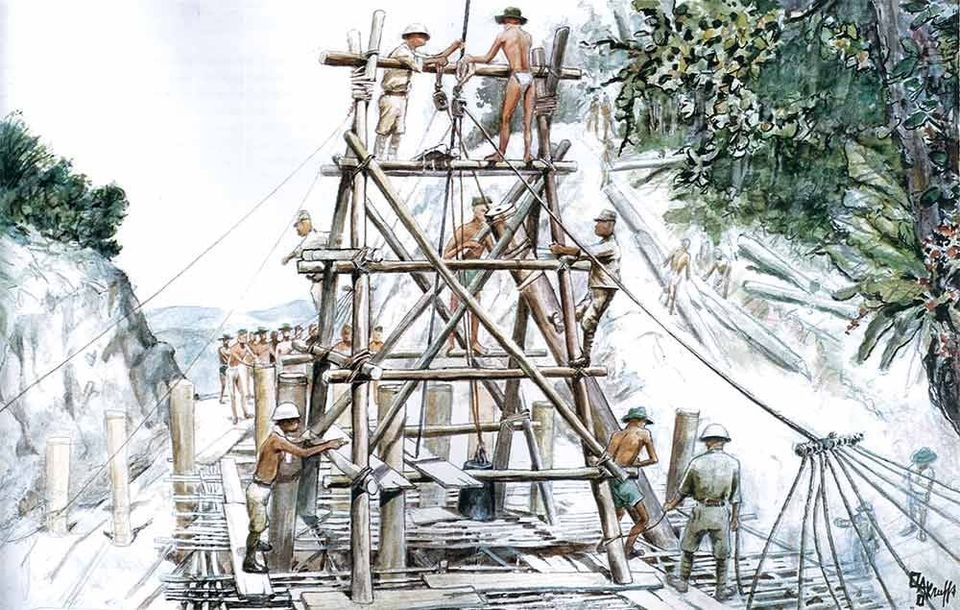
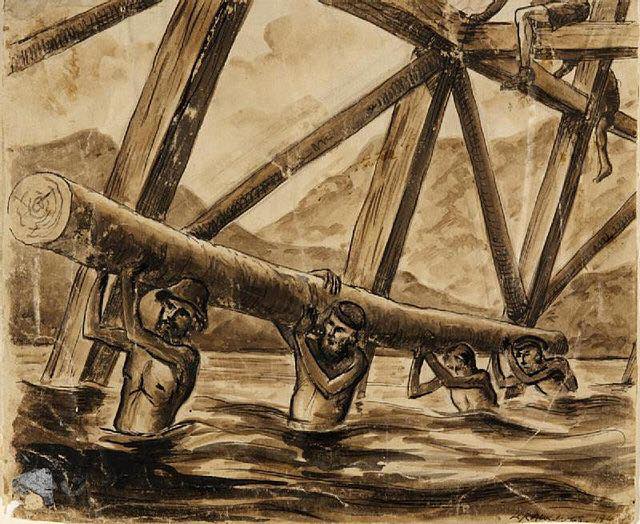
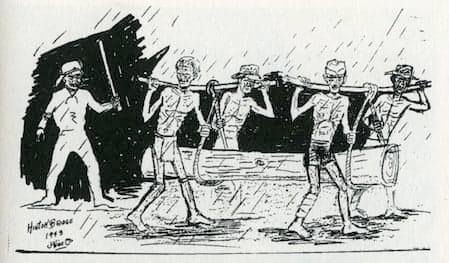
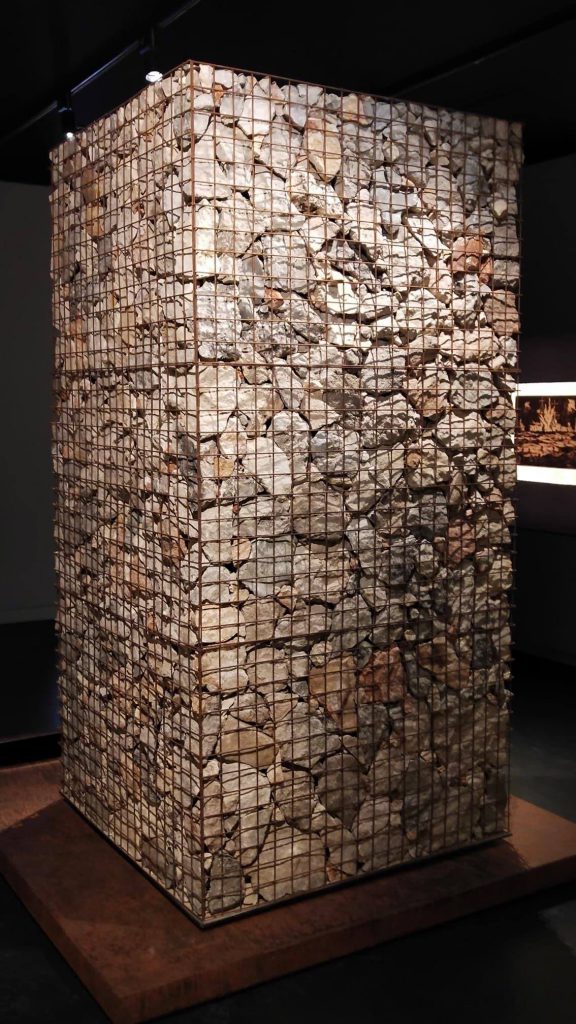
This was the requirement of ‘fill’ per man per day during
the maximal effort push to complete the TBR.
The work on this Railway was almost exclusively manual. Dirt was excavated and moved to make the berm for the rails only using simple hand tools and carrying the dirt in baskets or canvas slung from a pole. The daily goal of 1-2 cubic meters per man — increased to up to 3m during the Speedo period — was set by the IJA Engineers.
The cuttings through the limestone obstructions were accomplished by drilling holes with iron rods and hammers. These were then filled with explosives to clear away the rock. Rarely were air-driven jack-hammers used. One of the cuttings is named the Compressor Cut since such tools were used there to speed construction.
The other ‘tool’ available were elephants that would drag trees out of the forest to be cut and shaped to build the many large and small bridges.
As the rails were laid, trains were almost exclusively dedicated to moving the necessary items for construction: iron rails, wooden ties and ballast. On the Thai side, other supplies such as food were carried up the Kwai Noi River via barges from Kanchanaburi City.
By and large the POWs themselves didn’t complain about the physical nature of the work. It was more the monotony that ate into their morale. Their hardships were mainly related to the lack of proper food and medications and the brutal treatment by the guards.
It is another interesting side note that the IJA Railway Engineers apparently were using copies of the US ARMY’s Engineering Manual to build the bridges.
Reasonably well-done documentary:
